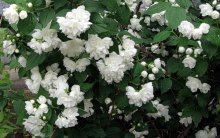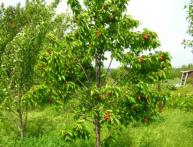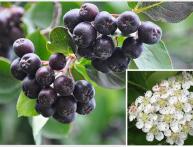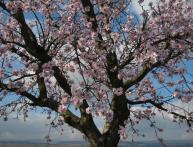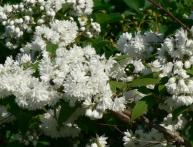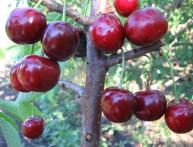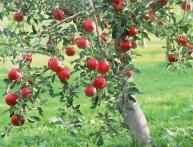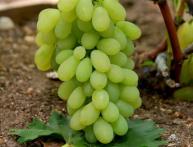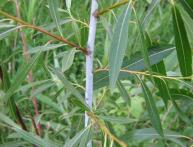Double jasmine in our garden. Features of cultivation and beneficial properties
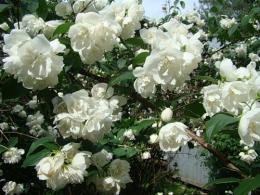
Very often, a garden shrub with magnificent clusters of snow-white or cream flowers is called jasmine due to its strong, recognizable aroma. It only smells like real jasmine, but it's mock orange. Natural jasmine is a tropical vine, most often grown indoors. And in the gardens, mock orange or garden jasmine grows.
Content:
Types of terry jasmine
Today, thanks to the work of breeders, there are sixty species of garden jasmine. Not all species can boast of double flowers, but each of them has a lot of its own advantages. The aroma of non-double flowers is reminiscent of the smell of real jasmine. Terry varieties of mock orange have a barely perceptible odor, completely different from the aroma of real jasmine.
Terry varieties include:
- Virginal. A shrub reaching a height of three meters. White flowers, with a sharp sweet aroma, five centimeters in diameter. Repeated flowering is possible in autumn, but much weaker than in summer.
- Glacier. Large fragrant flowers are collected in numerous inflorescences on stems reaching one and a half meters in length. It blooms very beautifully. But faded inflorescences should be removed independently due to their unsightly appearance.
- Anshantman. A late-blooming shrub with the most beautiful flowers of all European double varieties.
- Pyramid. Late-flowering variety up to three meters high. Large snow-white flowers with a subtle aroma.
- Guirandole. A drooping shrub with a diameter of about one and a half meters with double cream flowers of a slight aroma.
- Schneesturm. White double flowers with a fruity aroma on drooping shoots reaching a height of three meters. Fast growing shrub.
- Ermine robe. A low shrub with creamy-white double flowers and a subtle strawberry aroma. Surpasses all other varieties in terms of flowering time.
- Arctic. A variety of Russian selection. A low shrub with graceful small flowers. The aroma is weak.
- Ballet of moths. Russian variety, reaching a height of one and a half meters. Snow-white double flowers resemble the wings of moths.
- Blizzard. A variety of Russian selection. The low shrub is distinguished by amazing double flowers, similar to snowflakes, covering all the foliage. Abundantly flowering.
- Yunnat. A popular Russian variety with very large double flowers that smell strongly of strawberries.
It is better to breed varieties of Russian selection. Those brought from Europe are weakly resistant to the peculiarities of the Russian winter.
Features of growing jasmine
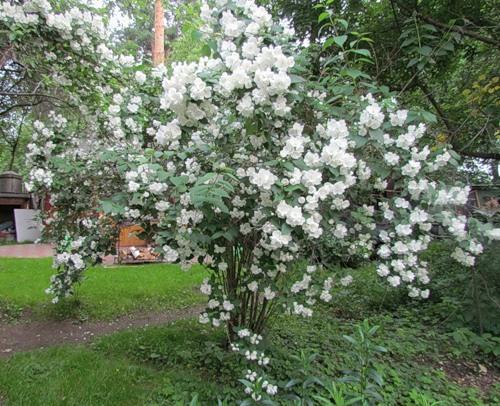
Garden jasmine - an unpretentious plant. It can grow in partial shade, but in this case the flowers become smaller. In dry summers, additional watering is necessary. Excess moisture can lead to root rot. Therefore, you should not plant it in places where groundwater is too close to the surface. Planting is desirable in well-drained nutrient soil.
Jasmine takes root very quickly. Propagated by root shoots and cuttings. The best time to root jasmine is early spring. High survival rate after transplantation.Reproduction by layering is often practiced. To do this, before the buds open, the annual shoots are bent to the ground and dug in. Such a plant is ready for replanting in the second year after planting.
If jasmine is intended to be a hedge, then the shrubs should be planted at a distance of at least a meter from each other. They grow very wide.
The shrub grows quickly and requires annual pruning. Pruning should be done immediately after flowering. This forms the bush and provokes the growth of young shoots, which will bloom next year. Old, diseased branches need to be cut off near the ground, but no more than three in one season. In early spring, sanitary pruning is carried out to remove frozen branches.
Terry jasmine more capricious than usual. He is sensitive to severe frosts. If the bush is small, it can be wrapped for the winter.
Useful properties of garden jasmine
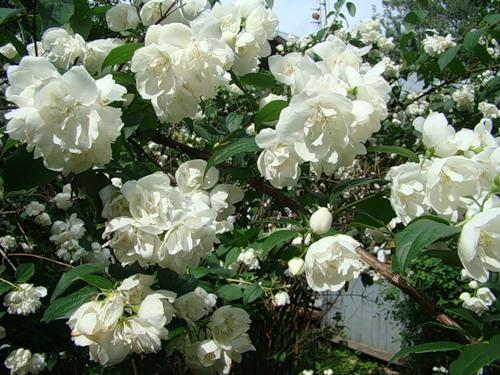
In addition to beautiful fragrant flowers, garden jasmine is famous for its chubuks. That's why they called him mock orange. Due to the peculiar structure of the bush's stems, mouthpieces and pipes for smoking pipes were made from it.
Jasmine is an excellent honey plant; the honey from its nectar has a specific aroma and taste. It is useful for overwork and chronic fatigue. Relieves headaches, normalizes sleep.
The aroma of garden jasmine is often used in making tea infusions. Jasmine flowers should be collected in hot weather, when the concentration of aroma reaches its maximum. Well dried in a darkened room, they are stored in glass or paper containers. When added to tea, the dried flower straightens its petals, aligns itself, emitting an amazing summer aroma.I can't think of a better antidepressant on cold winter evenings.
Garden jasmine is increasingly winning the favor of gardeners. Having appreciated its unpretentiousness in care and reproduction, everyone will want to have such a splendor of aroma and flowers in their garden. From various varieties of jasmine you can create original compositions that attract the attention of everyone who has ever seen them.
Watch an interesting video about jasmine:
Interesting information about the vegetable garden


